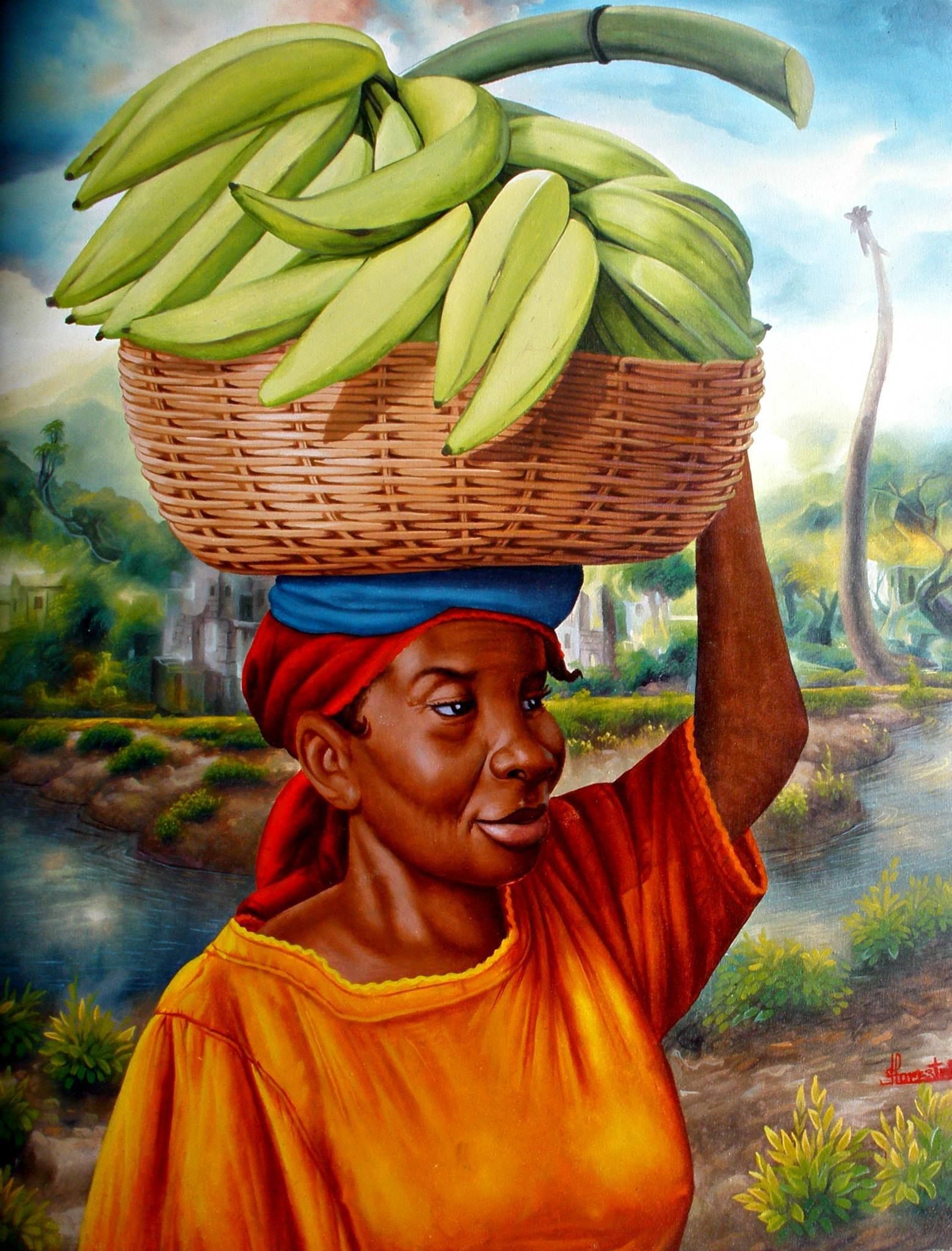- You have no items in your shopping cart
- Continue Shopping
History of Contemporary Craft Production in Haiti

Art is one of the most incredible access points for learning about the particulars of any given culture, and Haitian art is no exception. Arts and crafts carry a deep and rich history in Haiti. While the tradition of Haitian arts and crafts may be somewhat complex, it is an important representation of this deep history, demonstrating some of the critical aspects of this vibrant culture. History The craft production in Haiti today derives from the society that emerged from the nation’s struggle against slavery and colonialism. After its successful revolt against and independence from France in 1804, Haiti was born, and the majority of its population had originated from Africa. Wanting to get away from the massive agricultural industry that kept them in colonial bondage for hundreds of years, the newly independent Haitians held a deep desire to create a new economy based on traditional village production and sale on the streets and in local markets. Through their skill, talents, and strong desire for self-sufficiency, Haitian citizens were able to successfully build a society of small-scale farmers, market vendors, and of course, artisans. Over time, Haiti became internationally renowned for its vibrant and decorative arts and crafts. These crafts included baskets, mats, and hats and were skillfully constructed from straw, reeds, and other vegetable fibers. Unfortunately, over time, the revenue from these items began to go towards export merchants, leaving less and less profit for the artisans who made them. This milieu inspired local Haitians to create the Comité Artisanal Haitien (CAH) in 1973. The Comité was founded by religious and lay community members in order to help artisans find external markets for the items long-produced by generations of Haitian craftspeople. Arts and crafts in Haiti today After two centuries, the art scene in Haiti today is still thriving. From bus facades to sprawling murals, the artwork of every kind can be found all over the Haitian streets. Popular craft choices include religious icons, leather sculptures, handmade jewelry, hand-carved wooden furniture, and hand-sewn clothing. Nearly one-third of the Haitian population lives in larger cities, and artisans, craftspersons, and market vendors dominate the production and sale of items for the local markets there. Unlike other parts of the world, Haitian art is not confined to museums and galleries, and you can experience the beauty of its craftsmanship right on the city streets! Haitian art and expression have evolved immensely over the years, and artists create an array of beautiful pieces that reflect the vibrant culture of both past and present.
About Sak Lakay
Like the newly independent Haitians, we seek to create a new, self-sufficient economy that is by Haitians, for Haitians. Founded by a native of Haiti with an expansive network on the ground, Sak Lakay comes equipped with a profoundly relevant background in marketing, banking, and helping local business people meet their true, previously untapped potential. Sak Lakay proudly partners with local artisans who have a passion for their handcrafted works of love and the freedoms that give them renewed hope for their businesses and families. Unlike other organizations, Sak Lakay places profits directly into the hands of its artisans, allowing it to boast an immense scope of reach in their communities. The opportunity to further expand the reach for these individuals makes an everlasting impact on their families and communities, fostering unprecedented growth in the Haitian marketplace. Sources: “How is Haiti’s Artwork Unique?” Restavek Freedom. 2017. Robert “The Comite Artisanal Haitien: Local Crafts & International Marketing.” Festival of American Folklife.

